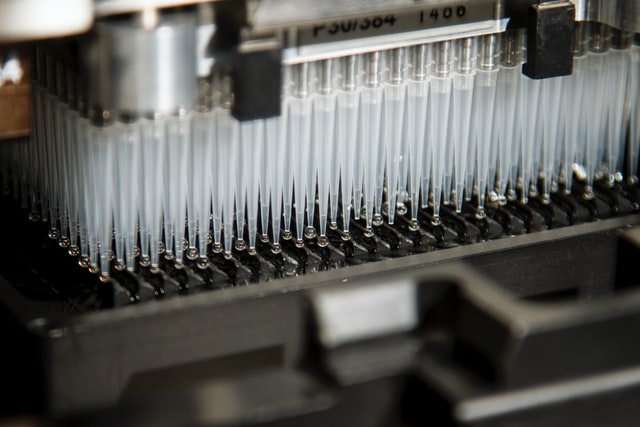Human Embryo Gene Editing Gets a Road Map—Not a Green Light
By Megan Molteni,
Wired
| 09. 03. 2020
FOR DECADES, SCIENTISTS have been tinkering with genes—cutting and pasting bits of DNA into organisms like plants, bacteria, and mice. So, of course, they thought about the possibility that one day someone might use such tools to alter human genes, even human germlines—making changes to people’s DNA that they’d pass on to future generations.
In 2012 these dreams (or nightmares, depending on where you stand) started to get real. With the emergence of Crispr, genetic manipulations were suddenly much easier to make and the tools to make them quick and cheap to obtain. The National Academy of Sciences arranged summits and reports in an attempt to set some boundaries. In 2017 the academy concluded that using Crispr for human genetic enhancement was a hard no. But they stopped short of a full moratorium. What about gene editing to address serious, incurable diseases? Well, that could maybe one day be fine, provided it was proven safe and effective.
But that 2017 report didn’t spell out exactly how one might prove those things. And a year later, into that...
Related Articles
By Jonathan Matthews, GMWatch | 12.11.2025
In our first article in this series, we investigated the dark PR tactics that have accompanied Colossal Bioscience’s de-extinction disinformation campaign, in which transgenic cloned grey wolves have been showcased to the world as resurrected dire wolves – a...
By Jenny Lange, BioNews | 12.01.2025
A UK toddler with a rare genetic condition was the first person to receive a new gene therapy that appears to halt disease progression.
Oliver, now three years old, has Hunter syndrome, an inherited genetic disorder that leads to physical...
By Simar Bajaj, The New York Times | 11.27.2025
A common cold was enough to kill Cora Oakley.
Born in Morristown, N.J., with virtually no immune system, Cora was diagnosed with severe combined immunodeficiency, a rare genetic condition that leaves the body without key white blood cells.
It’s better...
By Rachel Hall, The Guardian | 11.30.2025
Couples are needlessly going through IVF because male infertility is under-researched, with the NHS too often failing to diagnose treatable causes, leading experts have said.
Poor understanding among GPs and a lack of specialists and NHS testing means male infertility...




